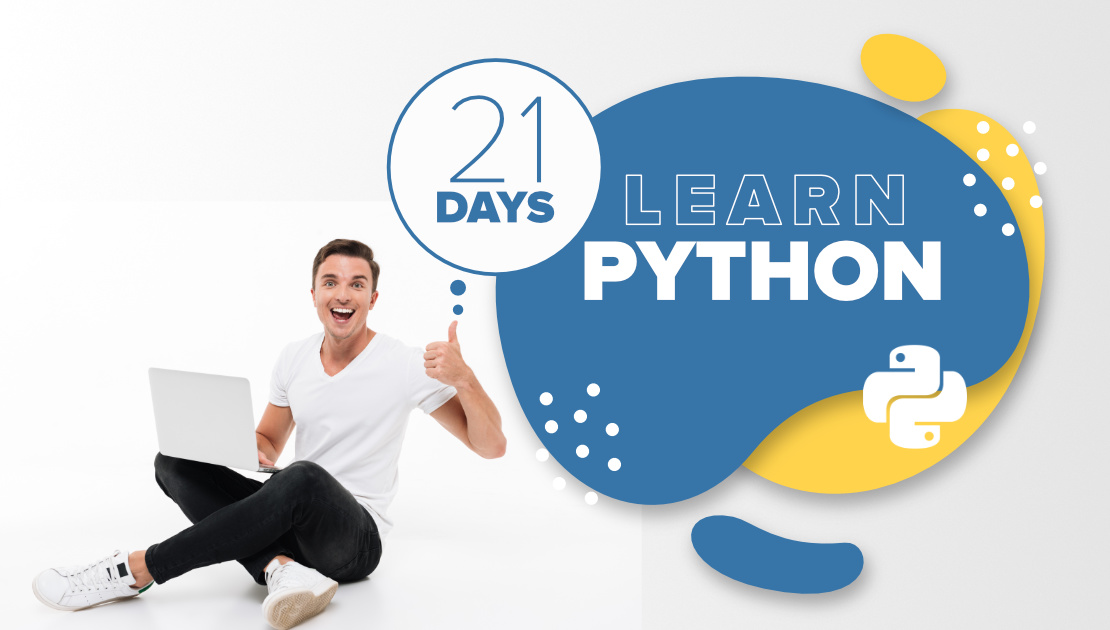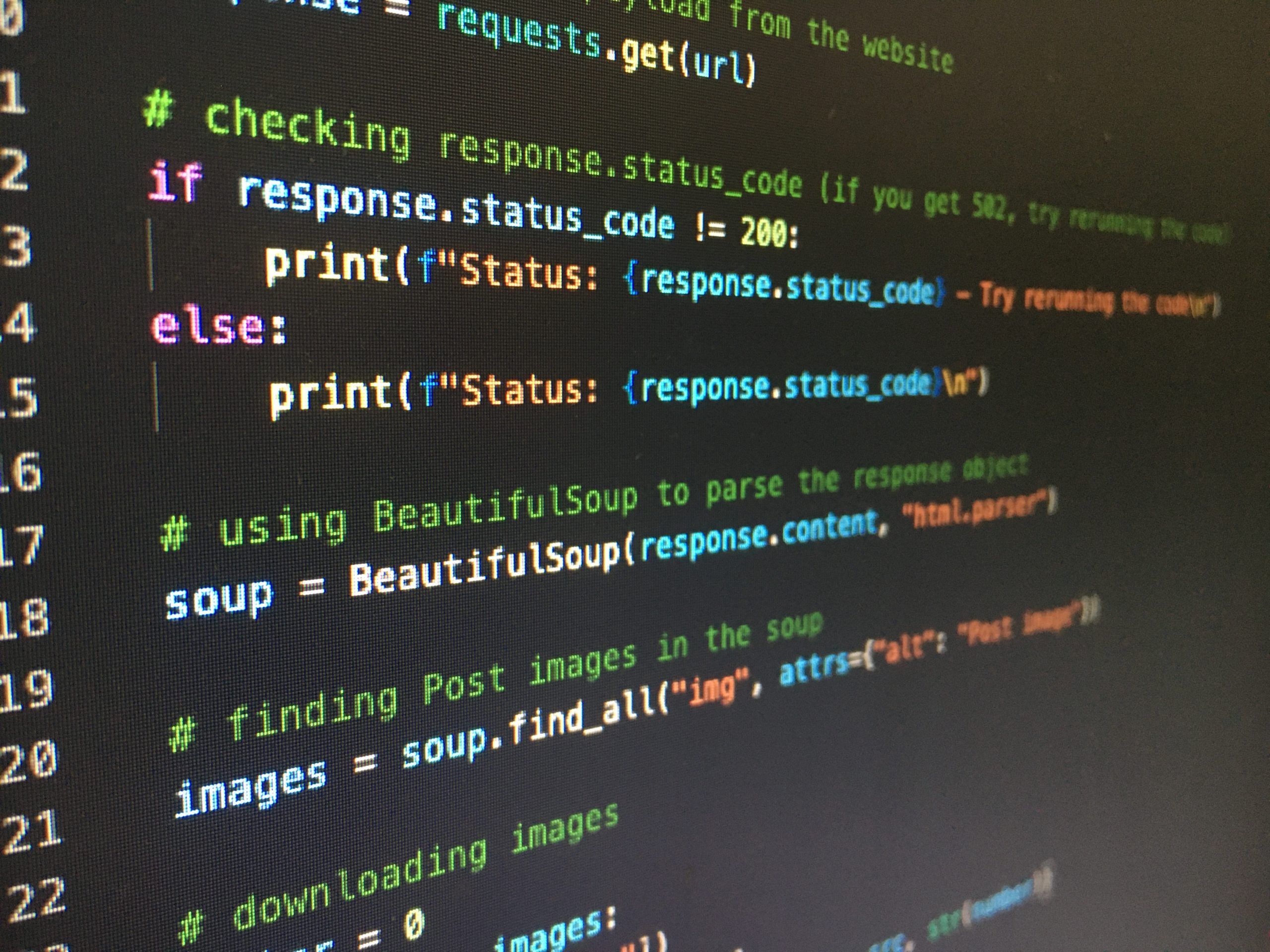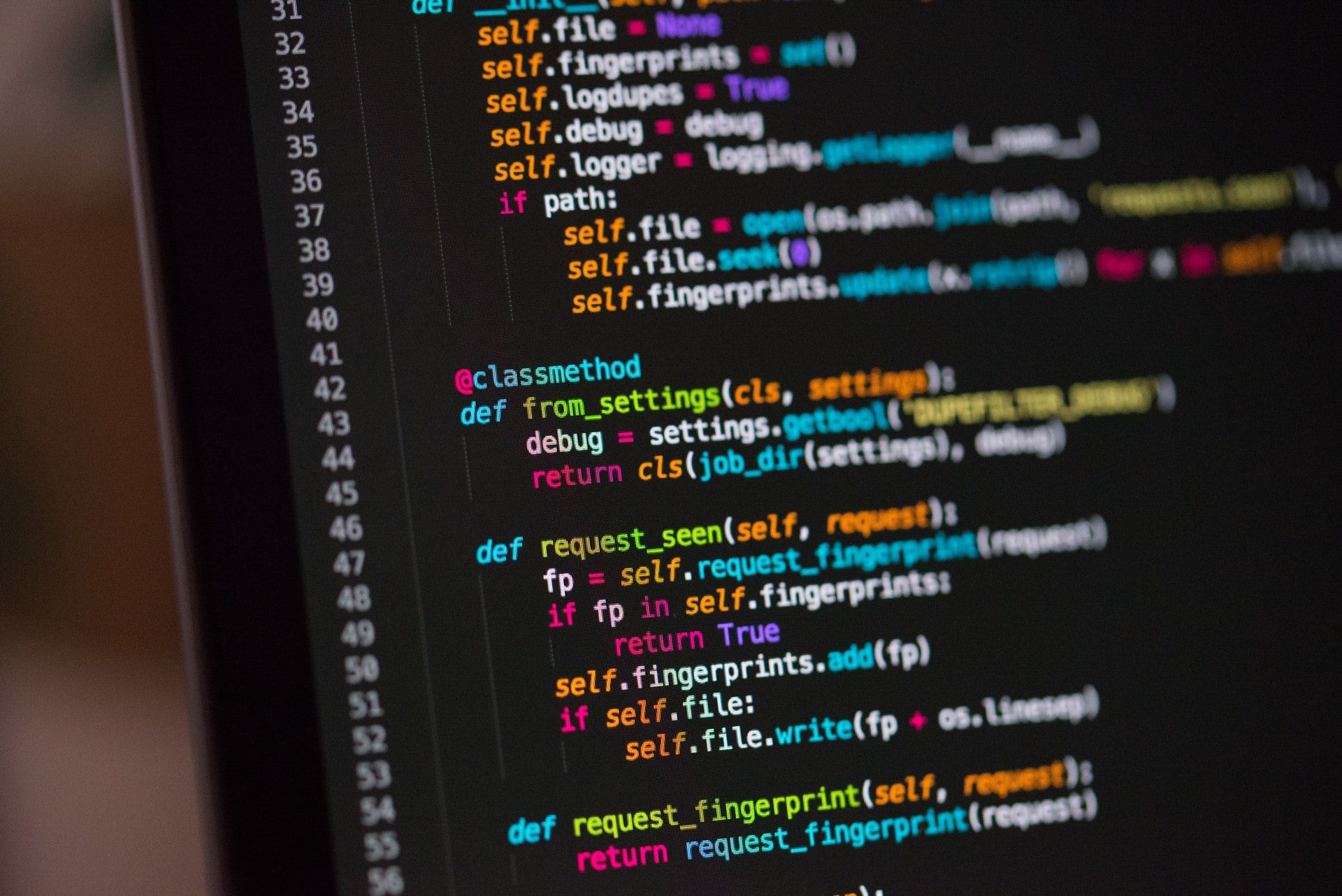How can I learn Python?
How can I learn Python?

Learning Python! That's an excellent choice!

There are many ways to learn Python, but before we dive into the details, let me give you a brief overview of why Python is such a fantastic language to start with.
Why Python?
Easy to Learn: Python has a clean syntax and is relatively easy to read and write, making it an excellent language for beginners. Versatile: Python can be used for various purposes, including web development, data analysis, artificial intelligence, automation, and more!
Now that we've covered why Python is awesome, let's explore some ways to learn it:

Online Resources
Codecademy's Python Course: Start with Codecademy's interactive and engaging Python course. Python.org: The official Python website has an excellent introduction, tutorials, and guides for beginners and advanced learners alike. W3Schools' Python Tutorial: W3Schools offers a comprehensive Python tutorial with examples, exercises, and projects. Coursera's Python Specialization: Take Coursera's Python specialization, which covers the fundamentals of Python programming.Books
"Python Crash Course" by Eric Matthes: A friendly introduction to Python programming, covering the basics and more advanced topics. "Learning Python" by Mark Lutz: A thorough guide to Python programming, ideal for those who want a comprehensive understanding of the language. "Automate the Boring Stuff with Python" by Al Sweigart: Focus on using Python for automation and data analysis tasks.Courses and Tutorials
Udemy's Python Course: Find a wide range of courses and tutorials on Udemy, covering various topics from basic to advanced. DataCamp's Python Courses: DataCamp offers interactive courses and exercises in Python programming, with a focus on data science and analysis.Practice and Build Projects
Start small: Begin with simple programs and gradually move on to more complex projects. Join online communities: Engage with online forums like Reddit's r/learnpython, Stack Overflow, or GitHub to ask questions, share your work, and learn from others. Participate in coding challenges: Websites like HackerRank, LeetCode, or Project Euler offer coding challenges that can help you improve your skills.Tips
Be patient: Learning a programming language takes time and practice, so be gentle with yourself if you don't grasp something right away. Read documentation and comments: Understand the code by reading docstrings and comments in Python programs. Experiment and try new things: Don't be afraid to try new ideas or approaches – it's all part of the learning process!In conclusion, there are many ways to learn Python, from online resources to books, courses, tutorials, and practice exercises. Remember to be patient, persistent, and willing to learn. Happy coding!
python cheat sheet for data science
Here is a comprehensive Python cheat sheet for data science:
Importing Libraries
import pandas as pd : Import the Pandas library and assign it the alias pd. from sklearn import preprocessing : Import the Scikit-learn library's preprocessing module. from scipy.stats import norm : Import the SciPy library's statistics module, specifically the normal distribution (Gaussian) function.
Data Manipulation
df.head() : Display the first few rows of a Pandas DataFrame. df.info() : Get information about each column in a Pandas DataFrame. df.describe() : Calculate summary statistics for each column in a Pandas DataFrame. pd.concat([df1, df2], axis=0) : Concatenate two DataFrames along the row axis (0). df.drop_duplicates() : Remove duplicate rows from a Pandas DataFrame.
Data Cleaning
df.fillna(0) : Fill missing values in a Pandas DataFrame with zeros. df.replace('old_value', 'new_value') : Replace specific string values in a Pandas DataFrame. pd.to_datetime(df['date'], format='%Y-%m-%d') : Convert a column of datetime strings to datetime objects.
Data Transformation
df.pivot(index='column_name', columns='other_column', values='value_column') : Pivot a Pandas DataFrame from long-form to wide-form. df.melt(id_vars='id_column', value_vars='value_column') : Unpivot a Pandas DataFrame from wide-form to long-form. np.log(df['column_name']) : Apply the natural logarithm function to a Pandas Series or column.
Data Visualization
import matplotlib.pyplot as plt : Import the Matplotlib library and assign it the alias plt. df.plot(kind='bar') : Create a bar chart of a Pandas DataFrame. sns.countplot(x='column_name', data=df) : Create a count plot (histogram) of a categorical variable in a Pandas DataFrame using Seaborn.
Machine Learning
from sklearn.linear_model import LogisticRegression : Import the Logistic Regression classifier from Scikit-learn. X_train, X_test, y_train, y_test = train_test_split(X, y, test_size=0.2, random_state=42) : Split data into training and testing sets using Scikit-learn's train_test_split function. logreg = LogisticRegression().fit(X_train, y_train) : Train a logistic regression model on the training data.
Statistics
import numpy as np : Import the NumPy library and assign it the alias np. np.mean(df['column_name']) : Calculate the mean of a Pandas Series or column. np.corrcoef(df['column1'], df['column2']) : Calculate the Pearson correlation coefficient between two columns in a Pandas DataFrame.
Time Series
import pandas_datareader as web : Import the Pandas Data Reader library, which provides convenient functions for downloading stock data. df.resample('D').mean() : Resample a Pandas DataFrame from daily to monthly frequency (or any other frequency). df.rolling(window=30).mean() : Calculate rolling mean values over a window of 30 days in a Pandas Series or column.
I hope this cheat sheet helps you with your data science endeavors!





























